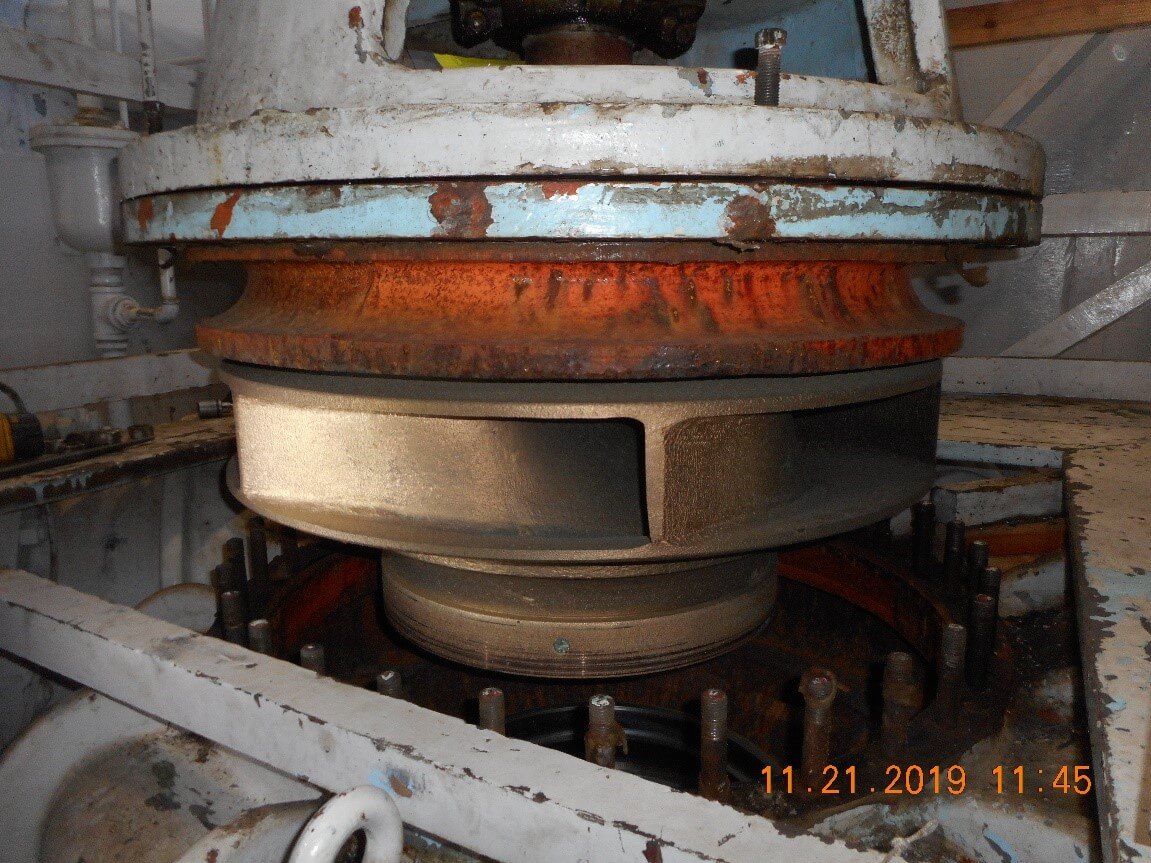Posted at 16:23h
in
Voice of the Project
As the board of trustees’ chairman Mark Stedman put it during the League’s last annual meeting, the work of the League goes beyond the here-and-now. What happens now matters, of course, but the work that occurs often happens with an eye on how it will impact future generations of Columbia Basin residents.
With that in mind, the League reached out to a specific cohort of future Basin residents:
those who have already discovered a profound passion for agriculture, and asked them to share their dreams, hopes and visions for when it’s their turn to lead the way.
Thanks to the help of Rod Cool, co-advisor of the Quincy High School FFA chapter, the League contacted students from different cities in the Columbia Basin.


